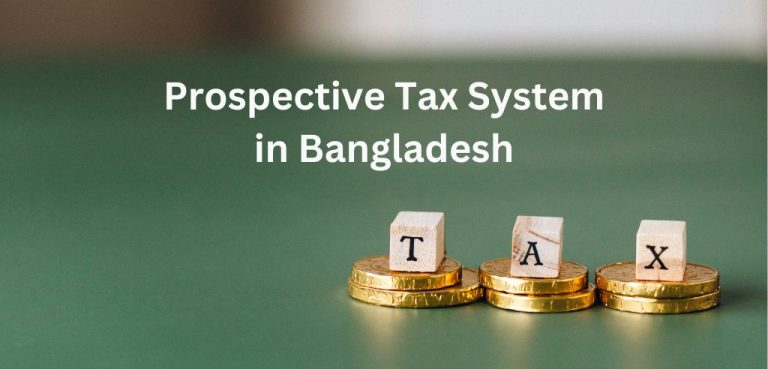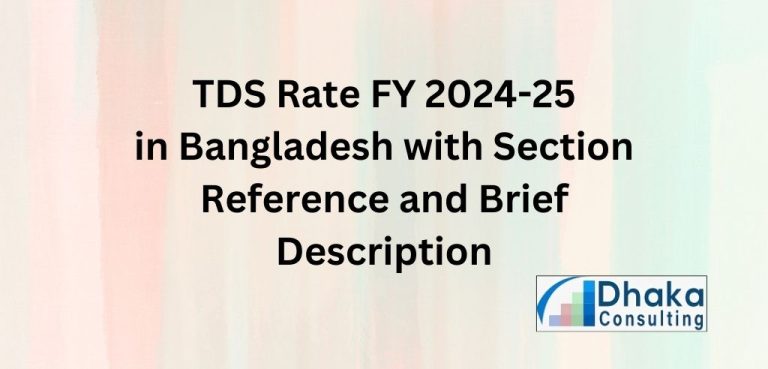The history of income tax in Bangladesh is a complex story, influenced by colonial legacies, post-independence transitions, and recent reforms brought by Income Tax Act 2023. Understanding this trajectory is essential for navigating the nation’s tax landscape.
This article aims to provide a brief history of taxation in Bangladesh, shedding light on its evolution over centuries.
Colonial Legacy: The British Influence
During British rule from 1757 to 1947, Bangladesh witnessed the introduction of the traditional Indian land tax. The British administrators appointed “zamindars”, tax farmers– a semi-private arrangement for collecting revenue, resulting in an oppressive system. This system persisted until its abolition in 1952.
Introduction of Income Tax: James Wilson Era
Income tax was first introduced in the subcontinent– now India, Pakistan, and Bangladesh in 1860 by James Wilson, responding to the financial aftermath of the Sepoy Mutiny of 1857. Before that revenues were mainly collected from the farmers, which was called ‘Khajna’ introduced by Lord Cornwallis through sunset law.
James Wilson, a businessman, economist, and politician was sent by Queen Victoria appointing him as financial member of the Council of India to establish the tax structure, a new paper currency, and remodel India’s finance system after the Rebellion of 1857.
While preparing the Income tax law, James Wilson conducted a detail survey on the state of the economy, discussed with the ancient Indian pundits and stakeholders.
Based on his study, he had kept agriculture outside the tax system that more or less still remained outside the tax system in Bangladesh, too.
Wilson placed his report at the Council of India on April 7. On July 24, 1860 income tax bill was passed ratifying the tax-free threshold at Rs 200. The tax was payable when the income reached Rupees 200.
Post-Independence Inheritance:
After independence, Bangladesh inherited a taxation system shaped by British and Pakistani regimes. Bangladesh formalized income tax under the Income Tax Act of 1922, based on the recommendations of the All-India Income Tax Committee appointed in 1921.
After that efforts were made by introducing new ordinance/law in 1984 to rationalize tax administration, optimize revenue collection, curb tax evasion and prevent revenue leakage.
The Income Tax Ordinance 1984
A significant milestone in the history of income tax in Bangladesh was the formulation of the Income Tax Ordinance 1984 (ITO). This law shaped by the Final Report of the Taxation Enquiry Commission submitted in April 1979, aimed to modernize the taxation framework, adapting it to the evolving economic landscape.
The Income Tax Act 2023: Recent Changes
Fast forward to 2023, the landscape of income tax in Bangladesh witnessed a paradigm shift with the passing of the Income Tax Bill. Finance Minister AHM Mustafa Kamal presented the bill, and it was subsequently passed in Parliament on June 18, 2023. The new legislation, known as the Income Tax Act 2023 (ITA 2023), is poised to replace the Income Tax Ordinance 1984, signaling a contemporary chapter in the country’s taxation history.
Significant Terminologies of Income Tax in Bangladesh
Here are the some important income tax terminologies in practice in Bangladesh.
====
Conclusion
The history of income tax in Bangladesh mirrors the nation’s journey through colonial legacies, post-independence reforms, and contemporary adaptations. From the oppressive zamindari system to the modernized tax framework of the present day, each chapter in this history has shaped Bangladesh’s approach to revenue collection and tax administration. The recent legislative changes in 2023 mark a new era, underscoring the nation’s commitment to a dynamic and responsive taxation system.


